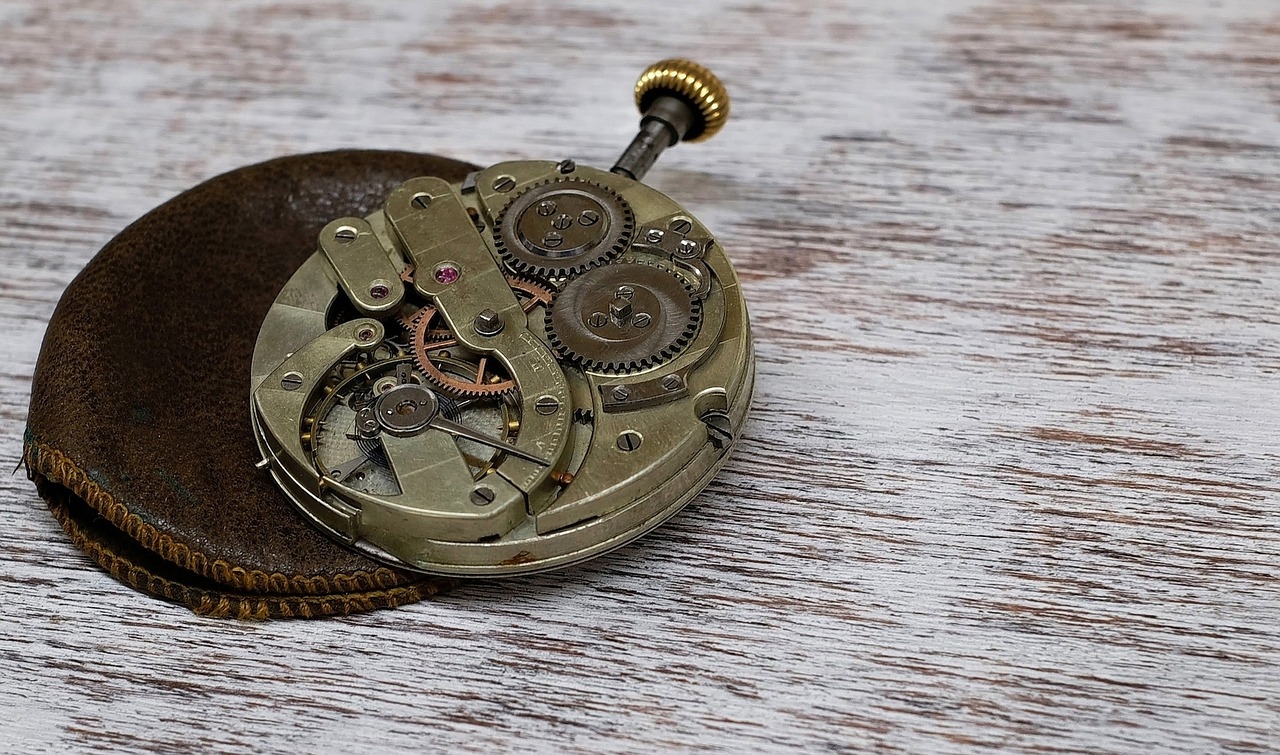We reach more than 65,000 registered users in Dec!! Register Now

New study reveals how circadian clocks maintain robustness in changing environments
- July 03, 2025
- 3 Views
- 0 Likes
- 0 Comment
New research has uncovered how a simple circadian clock network demonstrates advanced noise-filtering capabilities, enhancing our understanding of how biological circuits maintain accuracy in dynamic natural environments.
The study highlights the remarkable ability of biological clocks to adapt to environmental fluctuations while maintaining their accuracy. The findings have implications for understanding how organisms—from bacteria to humans—track time in response to external changes such as light and temperature, driven by the Earth's 24-hour rotation.
Published in Nature Communications, the collaboration between researchers at the Sainsbury Laboratory at the University of Cambridge, Imperial College London, University of Warwick, and Forschungszentrum Jülich, found that the circadian clock selectively filters fluctuations in environmental cues, such as shifts in light timing and intensity. This allows the clock to ignore minor disturbances while remaining responsive to meaningful environmental changes.
Anyone who has travelled across multiple time zones and experienced jet lag knows just how influential our biological clocks are. In fact, every cell in the human body has its own molecular clock, which regulates daily cycles over a 24-hour period.
It is important for the internal clocks of cells to stay in sync over long periods of time, but to also be adaptable to changes in the environment.
The gradually passing jet lag symptoms illustrate how our internal clocks adapt to such new conditions—as our circadian clock adjusts to the new day-night cycle in a different time zone.
Most living organisms also have internal clocks that schedule biological functions. For example, plants need to know when to prepare their photosynthetic machinery for the arrival of dawn.
As dawn arrives earlier each day from spring to summer, the circadian clocks of plants need to adapt to different day lengths. But, they should also not be fooled into shutting down their light-harvesting processes by a passing cloud.
To understand how the circadian clock distinguishes between meaningful stimuli and environmental 'noise,' such as temporary changes in light, the Locke Group at the Sainsbury Laboratory Cambridge used the simplest-known organism to possess a circadian clock—a cyanobacterium Synechococcus elongatus.
This unicellular freshwater organism is photosynthetic and needs to keep track of time to maximise its time in the light, just like plants.
To study time one needs time
Dr Sasha Eremina, first-author of the research who undertook the research for her PhD, said: “We first examined the intrinsic accuracy of the circadian rhythms in continuous light. To do that, we developed a microfluidics device that we call the ‘Green Mother Machine’ to hold the original mother cell in the top of the growth chamber, enabling us to image the cell using long-term timelapse fluorescent microscopy. Our setup allowed us to monitor single-cell growth and gene expression for multiple days with a level of precision inaccessible to previous studies.”
The team first started working on the Green Mother Machine back in 2016, based on previous Mother Machine designs developed for non-photosynthetic bacteria. It turned out that getting cyanobacteria to grow in these micro-environments is a lot trickier than getting other microbes to do it. “It required years of trial and error to overcome technical challenges, making sure we had the right tubing material, chip design and integration with light control to not harm photosynthesis and their cell membranes”, said Dr Bruno Martins from the University of Warwick.
The researchers showed that cyanobacterial clocks are exceptionally robust despite cellular noise constantly perturbing clock components and regulatory mechanisms. Dr Philipp Thomas from Imperial College London said: “Our genetic perturbations revealed that natural clocks operate at a noise minimum, which suggested to us that evolution favours precise timing.”
This robustness enables cells to tick in sync for 100s of days.
List of Referenes
- Aleksandra Eremina, Christian Schwall, Teresa Saez, Lennart Witting, Dietrich Kohlheyer, Bruno M. C. Martins, Philipp Thomas, James C. W. Locke. Environmental and molecular noise buffering by the cyanobacterial clock in individual cells. Nature Communications, 2025; 16 (1) DOI: 10.1038/s41467-025-58169-8
Cite This Article as
No tags found for this post









